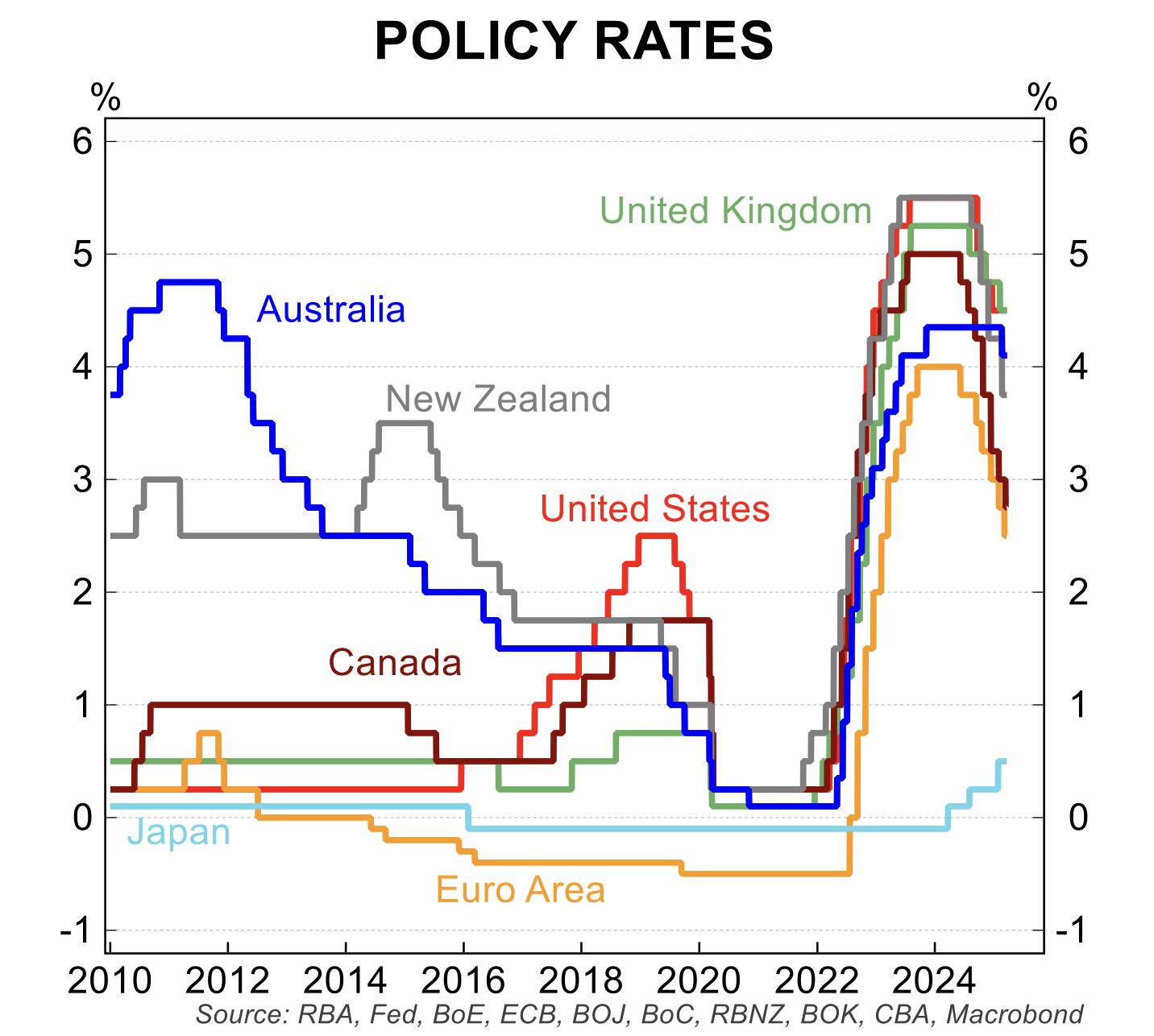Australian investors have long favoured traditional assets, like stocks, bonds, and brick-and-mortar property. Data from the Australian Stock Exchange (ASX) shows more than 50% of Australians hold shares, while almost 60% of Australia’s household wealth is tied up in the property market1. Yet, sky high property prices, record levels of market volatility, and an uncertain economic and geopolitical outlook are causing Aussies to reconsider their investment strategies and seek alternative ways to build wealth.
Commercial real estate debt opportunities have recently gained traction with investors seeking reliable, risk-adjusted returns. Increasingly, Australians are recognising the many benefits of this burgeoning asset class, including diversification, regular income, and its potential to act as a hedge against inflation.
Understanding commercial real estate debt opportunities
Commercial real estate debt is a subset of the broader private debt market.
It involves financing the purchase, development, or refinancing of commercial properties, extending well beyond office towers to include mixed-use buildings, industrial warehouses, residential apartment complexes, and even supermarkets and fast-food outlets. Investors provide funds to borrowers (property developers or owners) in exchange for regular interest payments and the eventual repayment of the principal amount.
The property itself often serves as collateral, providing security to lenders in case of default.
Commercial real estate debt opportunities play a pivotal role in the world of real estate investment. For investors, it provides an alternative pathway to property while borrowers can access the much-needed funding to shore up project pipelines.
The current Australian market
Australia’s commercial real estate debt market has experienced an average annual growth rate of more than 20%2. At Zagga, we expect this figure to continue growing strongly, driven by increased borrower demand, tightening capital requirements from traditional bank lenders, and growing investor interest in private market opportunities.
Currently, demand for commercial real estate debt opportunities is being driven by three key market forces.

- Australia has experienced material population increases over the last 10 years but is experiencing the same building approval levels. This has resulted in a substantial shortage in residential dwellings and building approvals, with no likelihood of the shortage being eliminated in the near future.
- Strict regulatory, capital and compliance requirements make it difficult for banks to compete effectively in certain market sectors, such as construction and project finance. This has allowed non-bank lenders to cherry-pick opportunities with favourable risk dynamics, underpinned by high-grade assets, that would traditionally have gone to the major banks.
- In property, time is money. The need for speed and flexible loan terms has seen increased demand from borrowers for non-bank, private commercial real estate debt solutions.
Investors are flocking to commercial real estate debt opportunities driven by a desire for reliable, risk-adjusted income. The unique attributes of commercial real estate debt mean it can provide a diversified, defensive layer to investment portfolios while also hedging against rising inflation. This is especially the case post-COVID, given inflationary conditions and volatile market conditions. Unfavourable conditions in equity markets are also seeing a reallocation of capital to debt-funded, income-generating investments.
Key considerations for investors
Senior commercial real estate debt sits at the top of the capital stack. The investment is typically secured against the physical asset, and in the event of a loan default, creditors are repaid first from any asset sale. However, every investment carries risk and due diligence is a must.
Here’s three key risks to be aware of when considering commercial real estate debt opportunities.
1. Credit Risk:
This is the risk of loss arising from the borrower failing to repay some or all of the money they owe. Being a senior debt provider means you hold a first ranking mortgage over the asset and are repaid first in the event of a default.
2. Borrower Default:
If a borrower defaults, there may be shortfalls where the sale proceeds of the secured property are not sufficient to recover the investment in full. There is a risk that an investor may not receive their full monthly payments, could lose a portion or all of the principal amount invested, and/or could potentially be required to contribute towards any loan shortfall.
3. Terms of investment & liquidity risk:
Once you have agreed to invest funds in a particular loan, you are committed to the investment for the full duration of the loan term. This can range from three months to two years, or more. This means your investment is illiquid and you cannot readily access your funds. You must take this into consideration when deciding on what loan types will be suitable for you and carefully consider your investment horizon, capital requirements, and risk appetite.
Thorough due diligence, expert guidance, and a comprehensive understanding of the investment opportunity are essential for managing your risk effectively.
At Zagga, we have many checks and controls to mitigate risk for our investors. We specialise in project funding for tier 2, mid-market commercial real estate loans that are backed by high-grade property assets in the deepest and most liquid markets.
Investor capital
returned
Conclusion
Commercial real estate debt is firmly on the radar of Australian investors proving to be an attractive diversifier from traditional asset classes. While it has demonstrated capability to deliver compelling, risk-adjusted returns, it pays to do your due diligence and ensure you are investing with a reputable, trusted investment manager.
Zagga has delivered our investors average monthly returns or 9.71% since inception. You can get in touch with our team to learn more about our available investment opportunities.




